Why is ragwort a problem in a horse’s field?
Ragwort is poisonous to horses, damaging the liver when eaten. The toxic effect builds up over time, causing irreparable damage. This means that your horse will get as ill from eating small amounts of ragwort over a long period of time as it would do from eating a large quantity in one go.
It is vital that you ensure your horse doesn’t eat ragwort, and you can’t assume that they will choose not to eat it. Younger plants can taste less bitter than mature ones so it is possible that horses may consume ragwort without realising it.
Ragwort found in hay, haylage, or leaves that have fallen off a plant in the field and died, can very easily be eaten unknowingly and will be just as harmful as a living plant.
How to recognise different stage of ragwort
1. Ragwort seedlings start to appear in autumn – they are about 10-15mm high
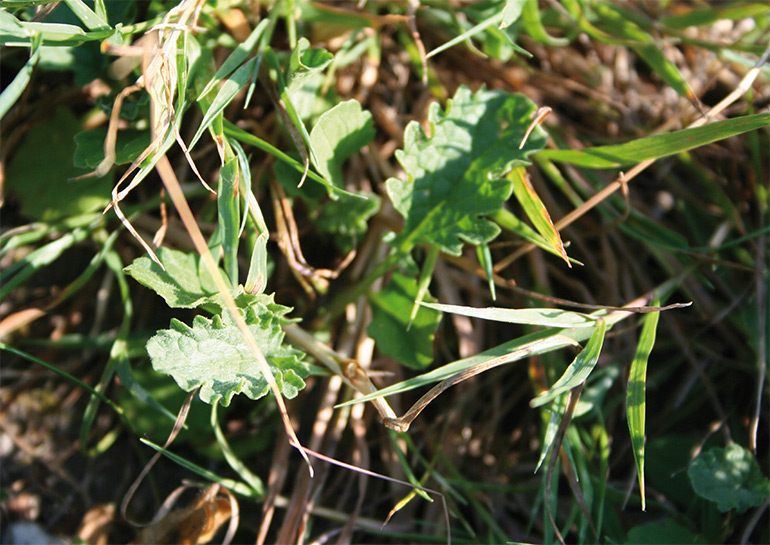
2. Ragwort rosettes can be found from early spring onwards
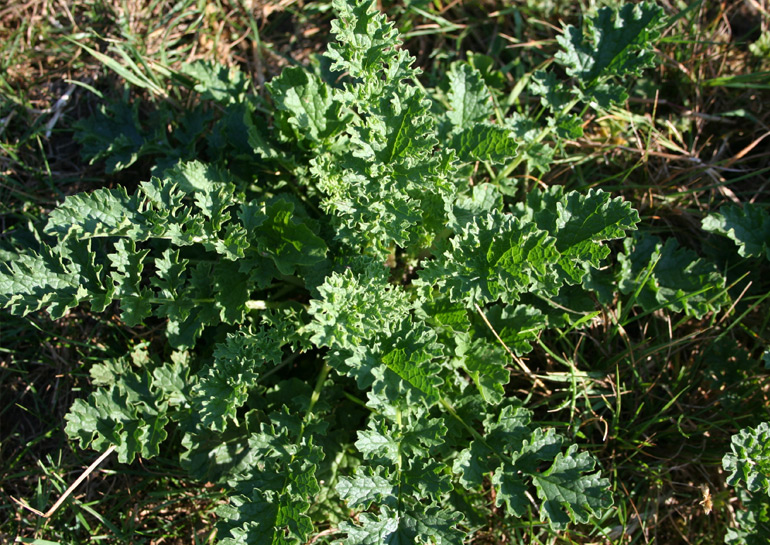
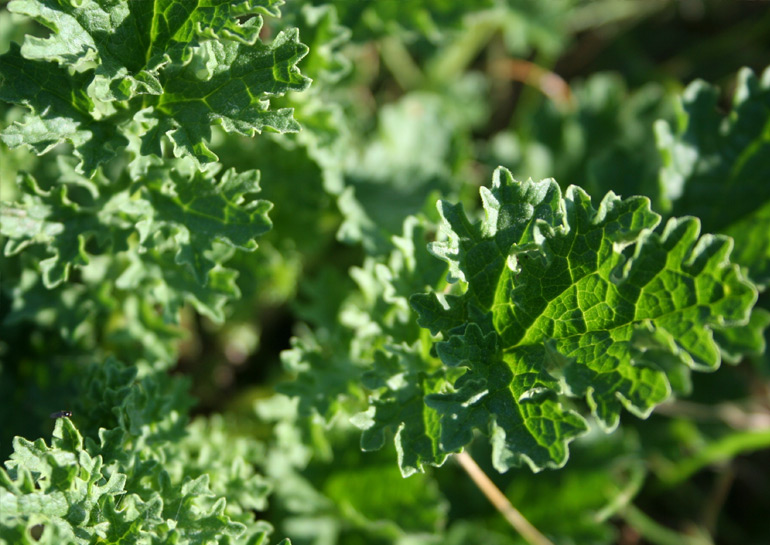
3. Mature plants flower from May to October and can reach up to two metres in height
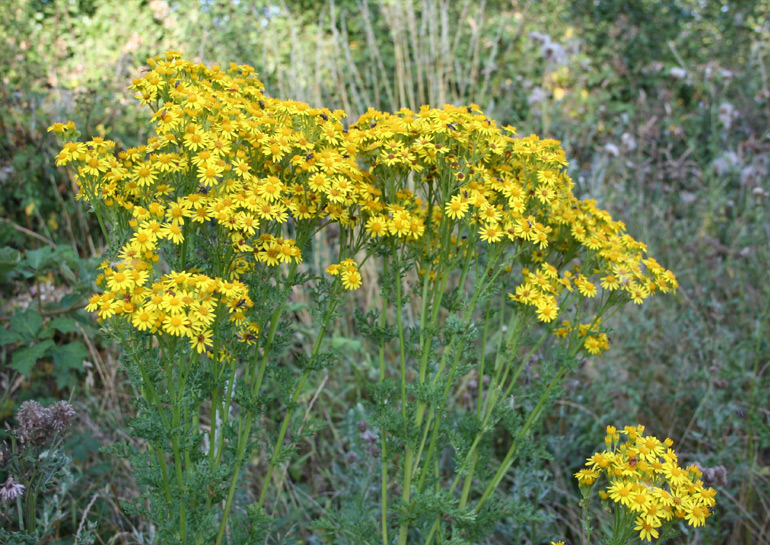
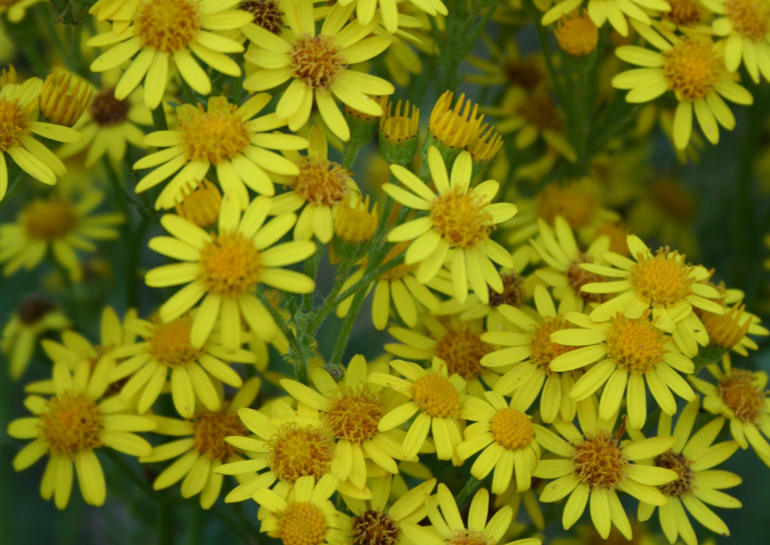
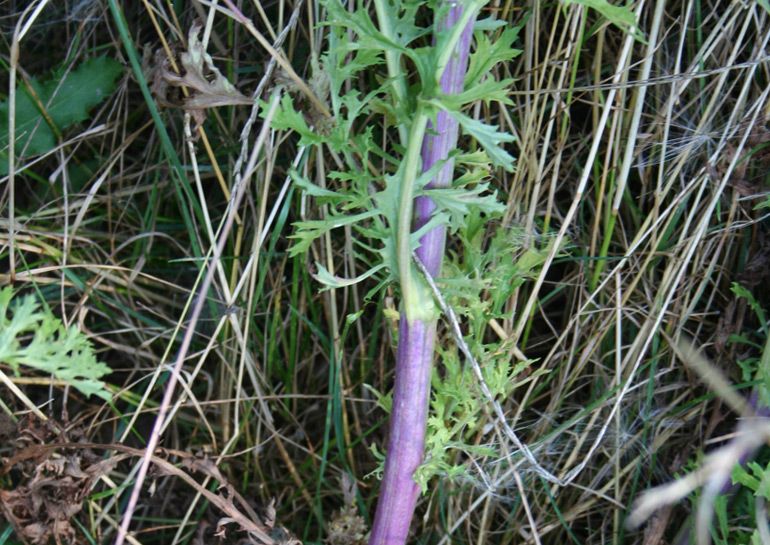
After flowering, most of the plants die and the seeds germinate in the area where the mature plant had been.
One plant can produce many thousands of seeds which are covered with a downy substance so they can be easily dispersed by the prevailing wind. They can also be spread by water or by you and your animals.
What’s the best way to remove ragwort?
The plant can be harmful to humans, so it is essential to wear protective gloves and cover arms and legs when handling it. Ragwort should be removed before it flowers, but if this is not possible use a face mask to avoid inhaling the pollen. If your skin comes into contact with the plant, thoroughly wash the area in warm, soapy water.
The easiest way to remove a small number of plants is by pulling the whole plant up, including the roots. It is best to do this at the seedling or rosette stage and, if possible, after rainfall when the ground is soft. Ragwort can regenerate from root fragments, so it is important to remove as much of the root as possible. A specialist fork can be purchased from retailers to help remove ragwort roots.
Spraying may be one option to treat large areas affected by ragwort. However, there are wider environmental considerations associated with the use of herbicides in terms of ecological stability and biodiversity. Agricultural merchants can offer advice and information about available products. The dead plant is still poisonous, so you must remove all traces of the plant before putting your horses back out in that pasture.
Ragwort needs to be disposed of carefully. The most effective way is to burn the weeds, taking all relevant precautions. Defra – the Department for Environment, Food and Rural Affairs – can advise on this and other methods of ragwort disposal. Ragwort control is an ongoing process. As the seeds can remain in the ground for many years before they germinate, you are likely to find that you will have plants to remove year after year.
Worried about a horse you’ve seen in a field full of ragwort?
If you’ve seen a horse in a field full of ragwort – and are confident that they are being otherwise well cared for – the best course of action is to print off our ragwort leaflet and attach a copy to the gate or fence of the paddock in question. If you do have other concerns about the horse’s welfare in addition to the ragwort, you can report the situation to us here.
Ragwort alert leaflet
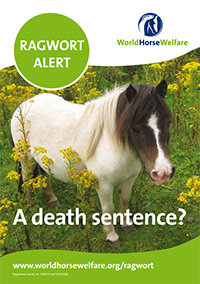
Our leaflet includes:
- Guidance on recognising ragwort plants at various ages
- The health risk posed to horses
- How to manage ragwort in your pastures
It is important that you are able to recognise not only ragwort as a poisonous plant, but a range of other plants that can pose a risk to horses.
Poisonous plant guide
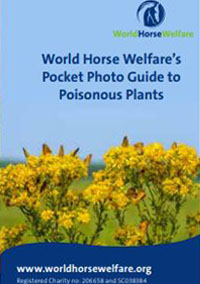
Our guide provides:
- Imagery to identify a range of poisonous plants
- Names of common poisonous plants
- 5 top tips for related to poisonous plants
If ragwort seed is spreading onto your land from the surrounding area, contact Defra for advice. For ragwort enquiries in Scotland, please contact the Scottish Government.
Popular advice in Environment

Pasture management for horse paddocks
Find out how to manage your paddock for the health of your horse, pasture and soil.

Winter horse care tips
Read our advice on how to care for your horse during winter, including our top ten tips on winter horse care.
Other advice categories
All webinar categories:
Call our Advice Line
+44 (0)1953 497 238Not found the advice or answer you were looking for here? Then our Advice Line is available during office hours, or you can email us on education@worldhorsewelfare.org to let us know what topics you were looking for.


